Intro
The Trote en Gallope, Trote y Galope or Trocha y Galope Reunido Colombiano horse is only about 60 years old in Colombia.
Read more
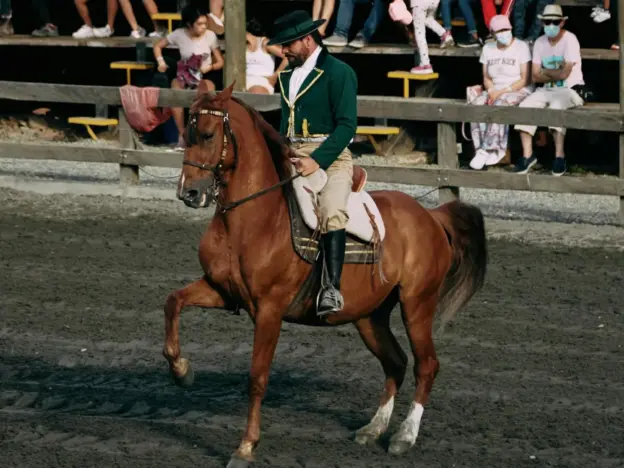
The Trote en Gallope, Trote y Galope or Trocha y Galope Reunido Colombiano horse is only about 60 years old in Colombia.
Read more
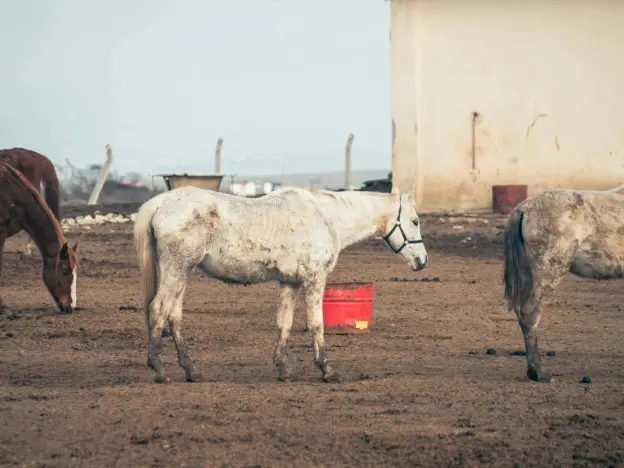
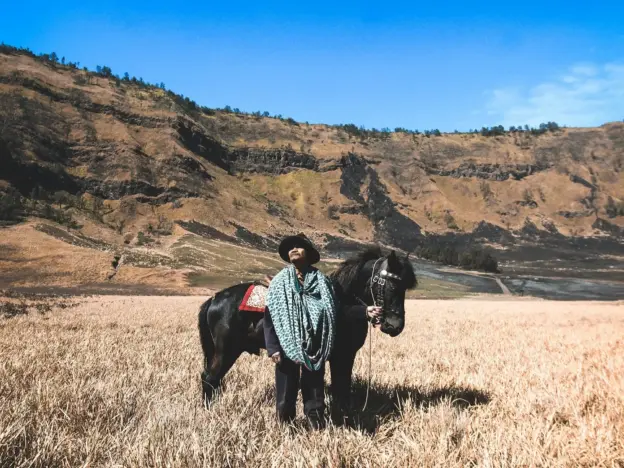
The Timor Pony is the smallest of the Indonesian pony breeds and comes from the island of Timor. They are known for their agility and while they are small in stature, they are incredibly strong and often used as cattle horses.
Read more

The Tibetan Pony comes from the Qinghai-Tibet plateau and are thought to date back 4000 years. This breed is very special to the local people who developed native stock to suit local needs.
Read more
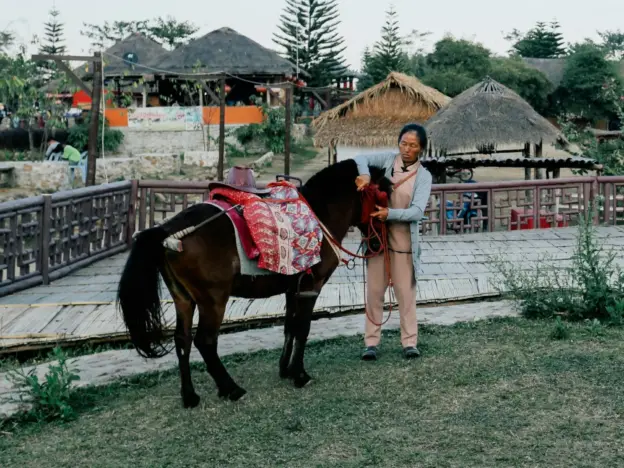
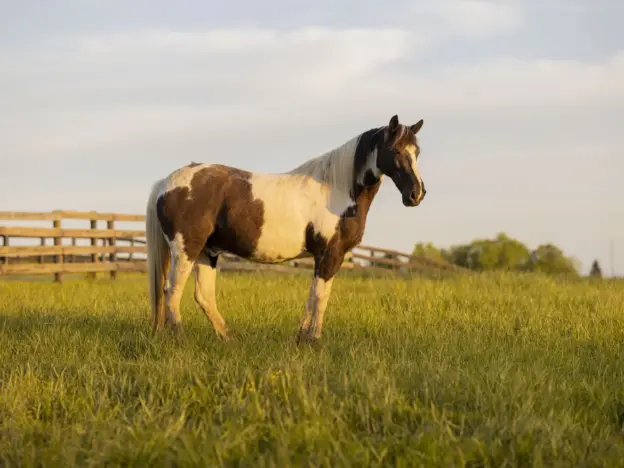
The Tennuvian horse comes from a cross between Tennessee Walking Horses and Peruvian Pasos. Although there is a strong chance these two breeds have been crossed before, the Tennuvian name was officially coined by Paula Bosner of Colorado.
Read more
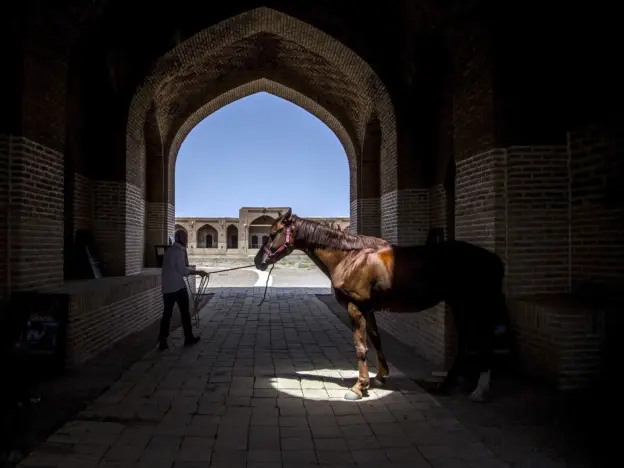
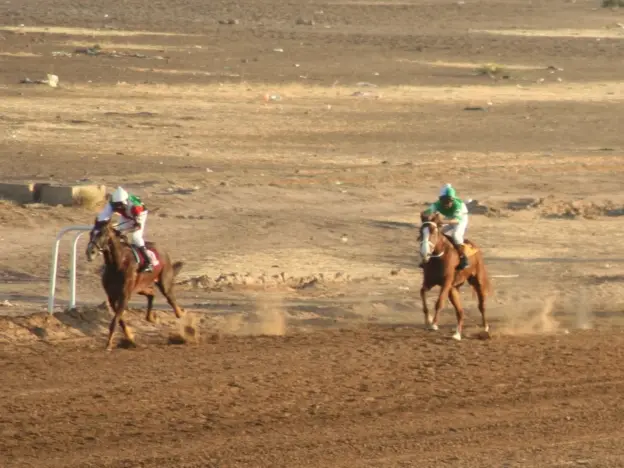
The Tawleed is a relatively new sport horse that was developed in the Khartoum region of Sudan, they were created by breeding Sudan Country-Bred horses with Thoroughbreds and other exotic breeds.
Read more
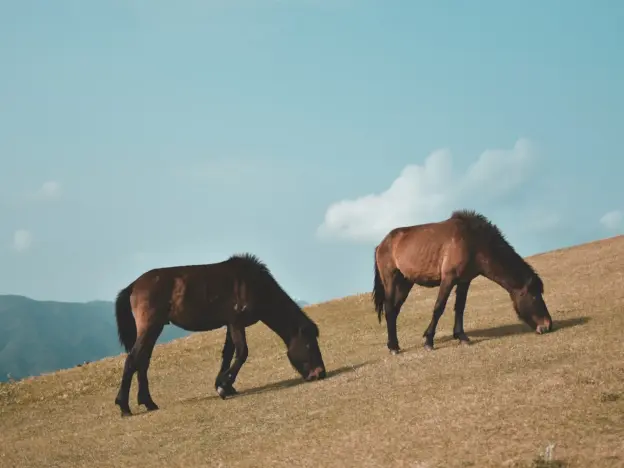
The Taishuh or Taishu horse comes from the Tsu (or Tsushima) Islands in western Japan and they are an ancient breed thought to date back to the 8th century.
Read more
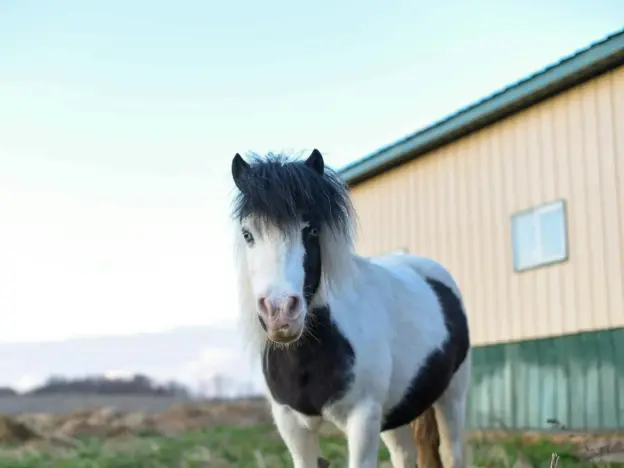
Miniature horses (the man made kind) come from the Renaissance in Europe. During that time royal stables took to breeding smaller and smaller animals, while retaining horse type characteristics. Over generations this was successful and a number of different miniature horse bloodless were created.
Read more